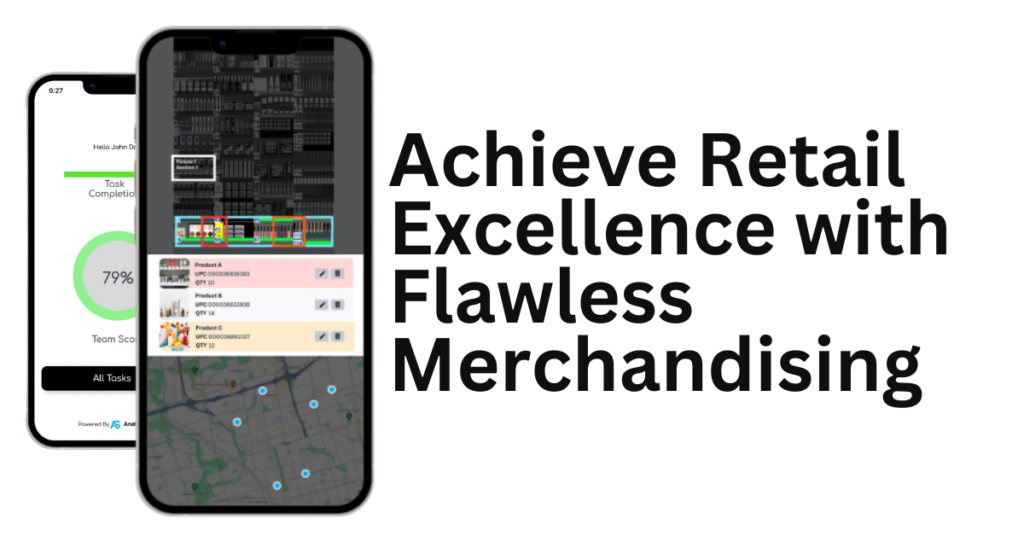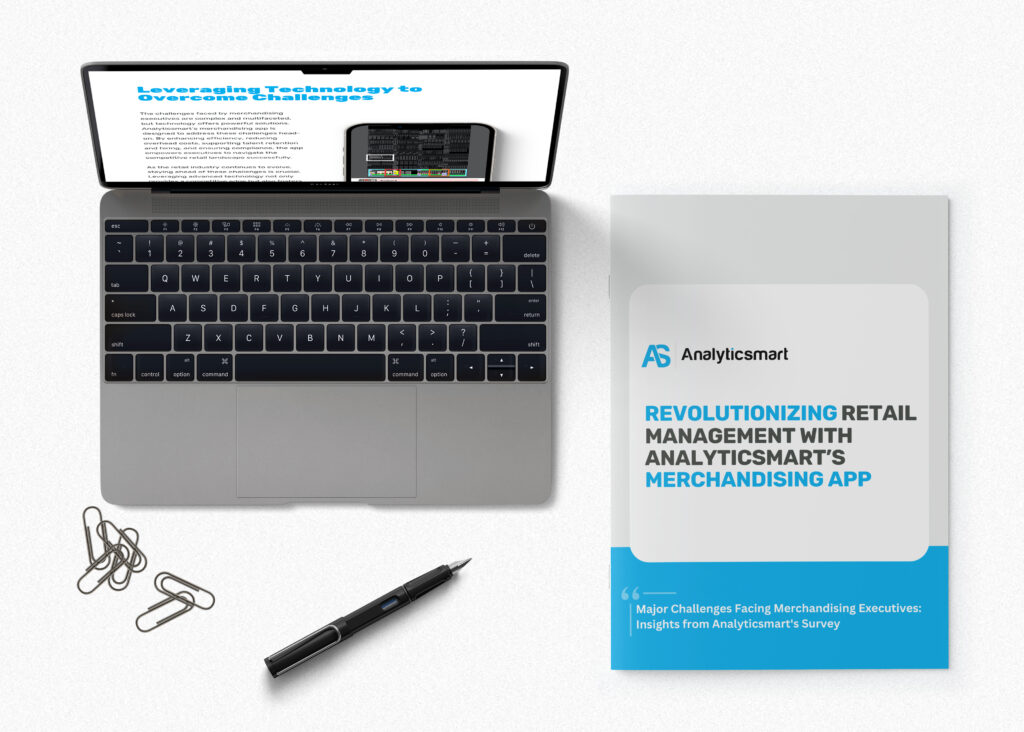In the rapidly evolving landscape of the cannabis industry, leveraging data analytics and business intelligence (BI) has become essential for businesses seeking to gain a competitive edge.
Why Scaling and Managing Profitability and Teams Can Be an Issue for Your Cannabis Business Without BI and Data Analytics
As the cannabis industry continues to expand at a remarkable pace, many businesses are striving to scale operations and increase profitability. However, without robust business intelligence (BI) and data analytics solutions, cannabis companies often face significant challenges in achieving these goals.
The Importance of Data Analytics and BI in the Growing Cannabis Industry
As the cannabis industry continues to expand, with revenue projections indicating significant growth, the need for robust data analytics and business intelligence (BI) solutions has never been more critical.
CRM for Cannabis Brands: A Tailored Solution for Industry Growth
As the cannabis industry continues to evolve, brands are faced with unique challenges that require specialized solutions. To stay competitive and foster lasting customer relationships, cannabis brands need a Customer Relationship Management (CRM) system that understands the intricacies of the cannabis market
How the 5 Biggest Problems in Retail Can Be Solved by One App – The Merchandising App by Analyticsmart
The retail industry faces numerous challenges that demand efficient solutions to stay competitive. Among these challenges, five major problems consistently plague retailers: keeping shelves stocked, auditing workforce and managing tasks, compliance management, real-time data access, and adapting to changing market conditions and shopper behaviors.
The Power of Real-Time Data in Retail: Empowering Field Teams
In today’s fast-paced retail environment, staying ahead of the competition requires more than just great products and services. It demands agility, efficiency, and the ability to make informed decisions quickly. This is where real-time data comes into play, transforming the way field teams operate and enhancing overall retail performance.
The Power of Real-Time Data in Retail
In the fast-paced and ever-evolving world of retail, staying ahead of the curve is essential for success. One of the most powerful tools at a retailer’s disposal today is real-time data.
Why Investing in Merchandising App is a Game Changer for CPG Businesses?
The consumer packaged goods (CPG) industry revolves around products that are sold quickly and at relatively low cost. These include snacks, beverages, toiletries, and cleaning supplies.
Transforming the CPG Industry with Business Intelligence: A Deep Dive by Analyticsmart
In the ever-evolving Consumer Packaged Goods (CPG) industry, staying ahead of the competition requires more than just traditional business acumen.
Major Challenges Facing Merchandising Executives: Insights from Analyticsmart’s Study
In the rapidly evolving retail landscape, merchandising executives are grappling with a myriad of challenges. A recent survey by Analyticsmart sheds light on the most pressing issues these professionals face. The










